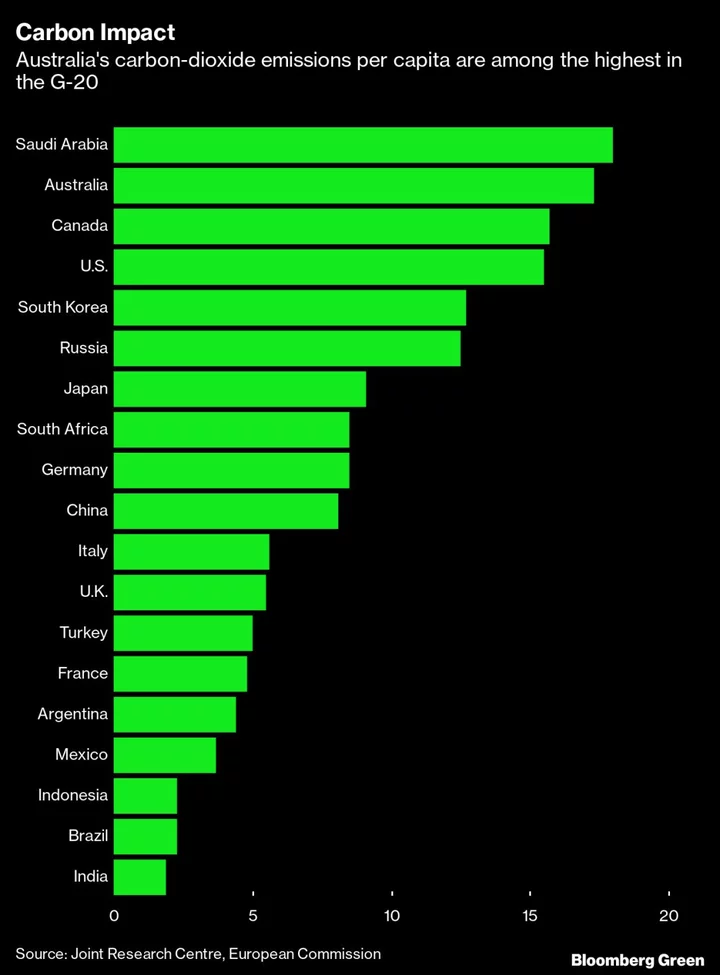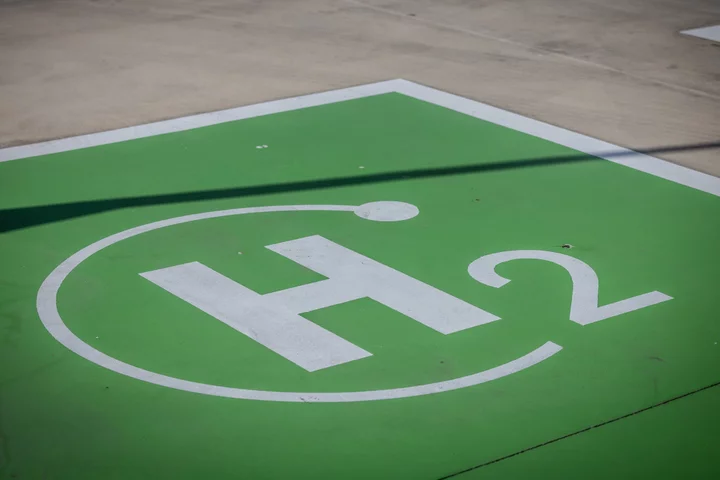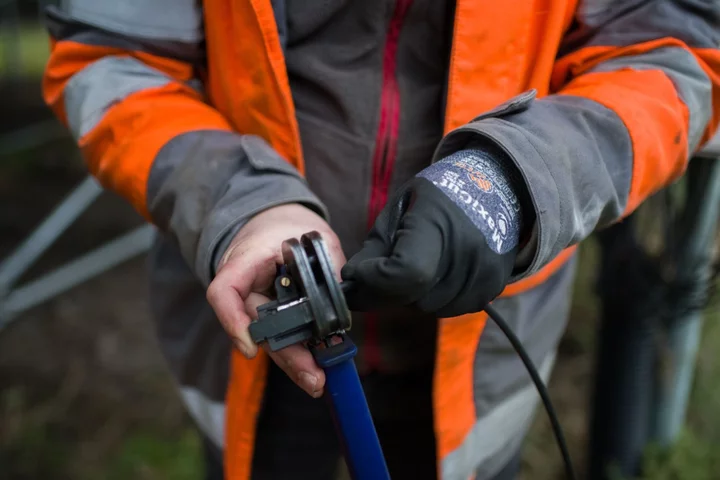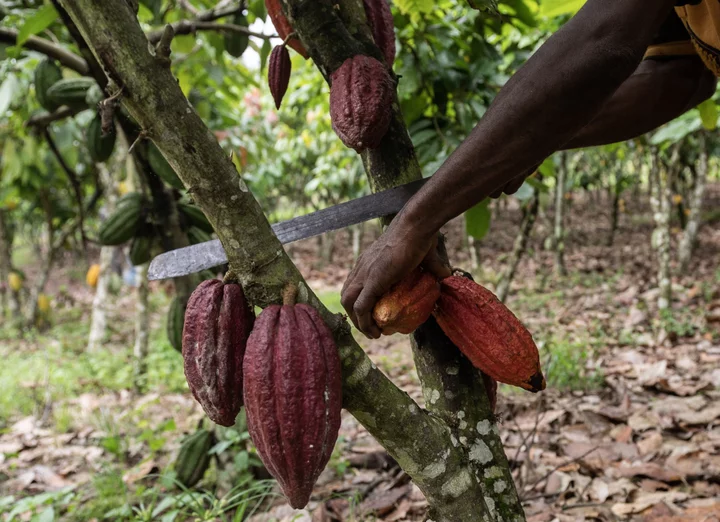Australia needs a whole-of-government approach to bolster spending and investment in clean energy, Treasurer Jim Chalmers said, citing estimates a further A$225 billion ($145 billion) is required by 2050 to achieve its net zero targets.
In a speech to the Economic and Social Outlook Conference in Melbourne on Thursday, Chalmers hinted at a green investment focus in his next national budget to be delivered in May 2024.
Responding to calls for an Australian-version of the Biden administration’s Inflation Reduction Act, Chalmers said that while he will look at similar incentives, the government’s policies will be “uniquely Australian.” These will involve a combination of government investment and private capital, he said.
“We need a set of prescriptions right for this transformation and right for this country,” he said. “We won’t realize Australia’s unique geographical, geological, geopolitical, intellectual and meteorological advantages by designing an Inflation Reduction Act Lite.”
Since the center-left Labor government came to power in May 2022, Australia has ramped up efforts to transition to renewable energy, legislating its first emissions reduction target last year that sought a 43% reduction from 2005 levels by 2030.
As part of its policy platform, the government pledged Australia will get 82% of its energy from renewable sources by 2030.
Still, Labor’s emissions reduction targets lag behind many developed economies and it hasn’t stopped approving new coal and natural gas mines since coming to office. Australia remains one of the world’s largest exporters of fossil fuels.
Chalmers’ announcement Thursday follows months of speculation the government is looking at a domestic suite of policy measures to boost investment in green mining, energy and manufacturing. That’s similar to the Inflation Reduction Act, whose scale has been drawing investment to the US renewable sector.
Prime Minister Anthony Albanese announced a doubling of Australia’s critical minerals financing during a visit to the US last week, offering up to A$4 billion to finance mining and processing projects for materials vital to the green energy transition.









